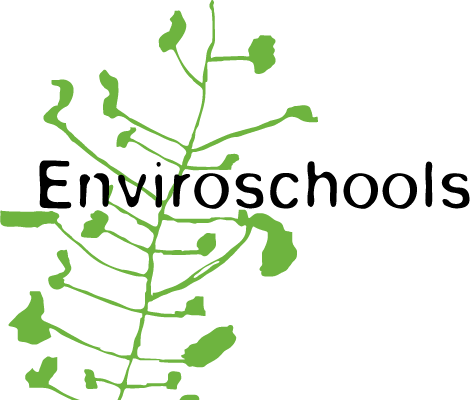Kids’ Edible Gardens: benefits beyond gardening
We know that being outside connecting to nature in a green space is good for us: we feel refreshed and energised, but relaxed.
Is the same true for children when participating in the Kids’ Edible Gardens (KEGs) programme? Absolutely!
This is why, in a time when our children’s hauora (wellbeing) and mental health is so important, KEGs is a great resource for schools to have available for their students to participate in.
Te Whare Tapa Whā model
Te Whare Tapa Whā is a wonderful model that many of you will know of and have perhaps used in your classroom as a way of explaining what hauora means. Each part of a person’s hauora – their emotional, mental, physical, social, and spiritual wellbeing – is represented by the walls and roof of a wharenui (meeting house). The wharenui’s connection with the whenua (land) is the foundation on which the wharenui or a person’s hauora is built.
Building a connection with te taiao (nature), te whenua and Papatūānuku (the earth) can help restore any imbalance in your personal wharenui.
How does the KEGs programme fit with Te Whare Tapa Whā?
As a team, we recently spent time identifying how KEGs fits into the four pillars of Te Whare Tapa Whā.
Here’s what we came up with:
Taha hinengaro – mental and emotional
- shared discovery and cooperative learning that takes place in the garden grows children who are connected to each other, helpful, and empathetic.
- the satisfaction children feel when harvesting and cooking with their produce boosts their self-confidence.
- develops critical and creative thinking.
- builds focus and better recall in the classroom.
Taha whānau – family and social
- produce can be shared as a whole school or with their families and community.
- taking pride in the knowledge they have gained and sharing this with others.
- influencing decisions made at home – healthy eating, growing your own food.
Taha tinana – physical
- health benefits of physical work in the garden.
- learning in an outdoor space and recognising green spaces can be for more than just play.
Taha wairua – spiritual
- recognising that they can be a part of nature, working with it, rather than being better than it.
Whenua – land, roots
- children become more appreciative of nature and take on the responsibility of looking after it.
- promotes conservation and environmental issues at school, in their community and globally.
This activity reinforced to us that Papatūānuku does much more than simply provide the essentials for life such as food and shelter: in fact, she has the capacity to improve the wellbeing and mental health of our tamariki.
Reflection questions
- Do you have a favourite outdoor space that strengthens your hauora?
- How do you spend your time there?
- How does it make you feel?
- Can you think of a time when KEGs (or a natural environment) has made a positive impact on your students’ hauora or in their classroom behaviour?
You and your teaching team will be able to add to our thoughts. It would be interesting to go one step further and add the key competencies to this activity.
Perhaps you could add this activity to your next syndicate or hub meeting – we’d love to hear how you get on!

